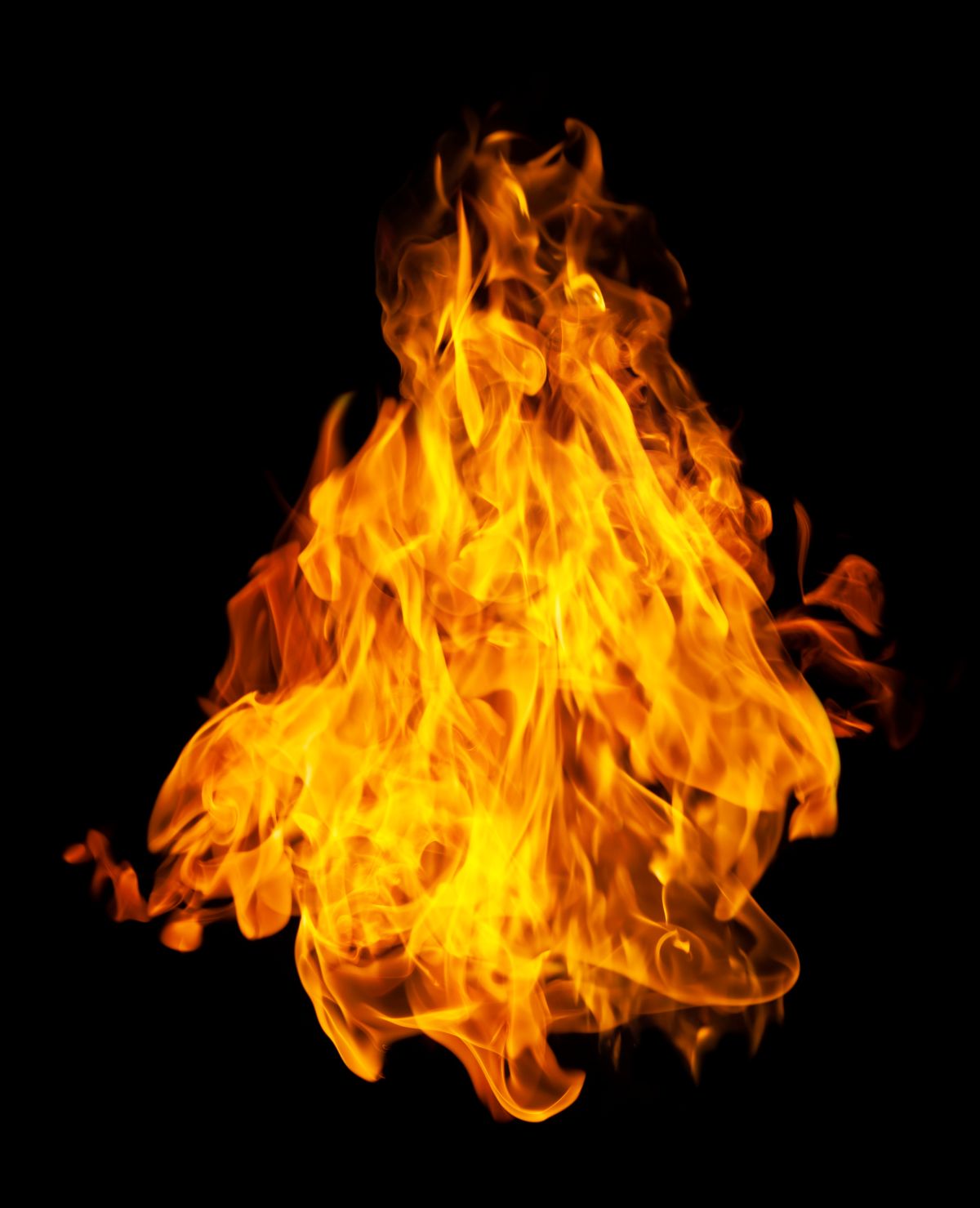
© Shutterstock
Shahzad Ahmed, London, UK
The dawn of Islam sparked a spiritual revolution across the entire Arabian Peninsula and beyond, forever changing its political and religious landscape. But the early years of Islam were perhaps one of the most challenging and testing periods as the Holy Prophet’s (sa) message of the unity of God stood diametrically opposed to the mighty Arab people, who had completely forsaken the pure teachings of their ancient forefathers and fallen prey to all sorts of moral ills and evil ways. Thus, this community of a handful of believers at the time was met with relentless opposition and persecution. Overnight, friends became bitter foes, and families disowned their own blood relations for the sake of protecting their old customs and traditions. Great schemes and ploys were hatched by the Arab chieftains to stop this new faith in its tracks, and no stone was left unturned in this pursuit. Each day brought with it a renewed wave of opposition and hostilities, yet the spirits of the Muslims were uplifted through the fresh divine revelation carrying grand prophecies of great victories and the annihilation of their powerful enemies.
Among these early Qur’anic prophecies was the foretelling of the bitter end of one of its fiercest opponents, Abu Lahab, who was the paternal uncle of the Holy Prophet (sa) and a powerful and wealthy Arab chieftain and the only enemy to be mentioned by name in the Holy Qur’an:
‘Perished be the two hands of Abu Lahab, and he will perish.
His wealth and what he has earned shall avail him not.
Soon shall he burn in a flaming fire;
And his wife too, who goes about slandering.
Round her neck shall be a halter of twisted palm-fibre.’[1]
Now, one could say that this is no significant prophecy, for everyone is to eventually die, and no one on earth can actually see with their own eyes him and his wife being cast into hellfire. However, upon deeper reflection, this in fact is a truly remarkable prophecy, the knowledge of which could only have been granted by the Almighty and all-knowing.
Firstly, Abu Lahab died after the Battle of Badr, living well over a decade after the Holy Prophet’s (sa) advent and continued his hostilities against Islam. All the while, there are countless instances where those who were once staunch opponents, but once the message of Islam penetrated their hearts, they went on to become some of the most devoted servants of the faith, such as Hazrat Umar bin al-Khattab (ra), Hazrat Khalid bin Walid (ra) and Hazrat Ikrimah (ra). However, in all this time, neither Abu Lahab nor his wife were fortunate enough to enter the fold of Islam and died whilst remaining deprived of its spiritual light, just as it was prophesied.
Moreover, this was an opponent who employed every unjust means to oppose and destroy Islam to the point that he had made it his routine to follow after the Holy Prophetsa and when the Holy Prophetsa would begin to preach, he would interrupt to dissuade those who had gathered. For such an opponent, who was well aware that such a prophecy existed, all he had to do was to simply announce his acceptance of Islam – even if it were merely superficially – and thereby completely falsify the Qur’an (God-forbid), yet he and his wife remained bitter enemies till their very last breath and never had the opportunity to do such an act and died in a state of ignorance. In fact, fulfilling the prophecy in its literal sense, his wife is said to have been strangled to death by the very rope that she used to tie the firewood she was carrying on her head, which pulled down on her neck as she fell.
Upon deeper reflection, the prophecy in relation to Abu Lahab is two-fold; not only does it directly apply to him and his wife, in fact their nature and traits symbolise and foreshadow the great powers of the latter days who would seek to destroy Islam and that they too shall be met with the same fate.
Abu Lahab’s actual name was Abdul-Uzza, but he was referred to as ‘Abu Lahab’ (Father of Flame) owing to his fiery temper. One of the meanings of the Arabic expression ‘Abu Lahab’ is one who designs or invents something that produces fire. This of course can refer to the modern-day Western powers who largely own and control the world’s nuclear arsenal that can wreak unimaginable destruction and have amassed an abundance of wealth and wield great influence. The two hands of Abu Lahab symbolise the two main groups among them in opposition to Islam; one which has distorted the concept of the Unity of God and the other that completely rejects His very existence. Moreover, another meaning of the expression of ‘Abu Lahab’ is one who himself is consumed by the fire, and can even refer to the eventual destruction of the two major political blocs of the latter days by the very fire produced from their own weapons.
And just as Abu Lahab’s wife plotted schemes and spread calumnies against the Holy Prophet (sa), it also symbolises all those people and nations who would join them in unyielding support to spread false propaganda and level unjust allegations against Islam, and just like her, they too shall miserably fail in their efforts. Moreover, those nations will be so strongly tied to their political ideologies that ultimately they would be destroyed by the very means they had set out to control and exploit others, just like the rope around the neck of Abu Lahab’s wife ended her life.
Thus, this brief chapter carries a powerful prophecy of the utter failure of all those external powers, who symbolise the nature and characteristics of Abu Lahab and his wife, and would seek to annihilate Islam. Yet, despite their immense material and technological advancement and abundance of wealth, their evil designs and conspiracies shall only recoil on their own heads, and they will burn in the fire of rage upon witnessing the progress of Islam.[2]
ENDNOTES
[1] The Holy Qur’an, 111:2-6.
[2] The Holy Qur’an with English Translation and Commentary, Vol. 5, Ch. 111, V. 2-6 (Qadian, India: Islam International Publications Ltd., 2002), 2904-2907.


Add Comment